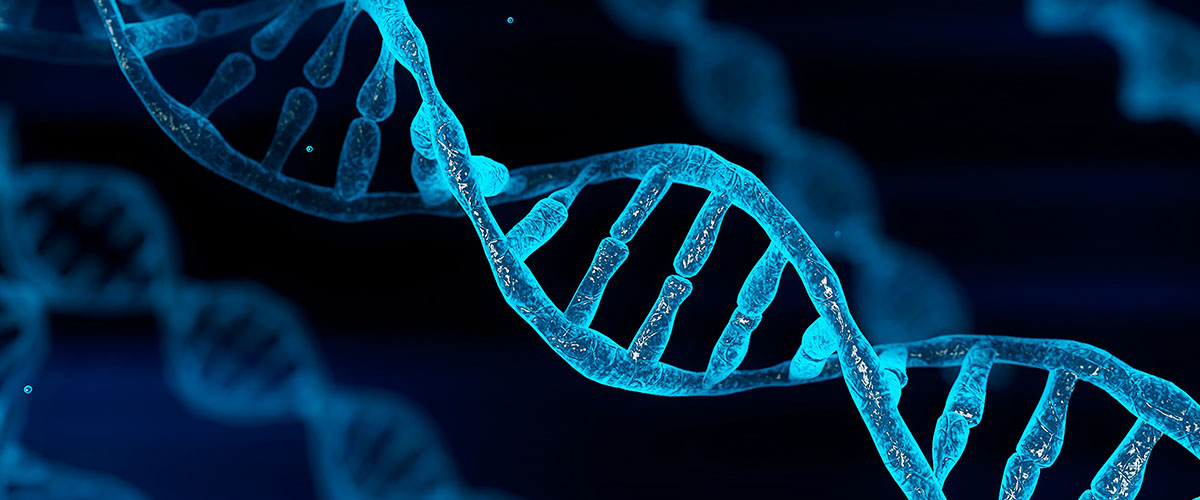)
Young Women with Breast Cancer
Project Title: Young Women with Breast Cancer
Project Duration: 2012-2025
MOHCCN Consortium: Prairie Cancer Consortium
Investigators: May Lynn Quan, Carrie Shemanko, Shirin Bonni, Ebba Kurz, Edwin Wang, Afshin Raouf, Hua Yang, Janice Safneck
Partners:
- University of Calgary
- Tom Baker Cancer Centres
- CancerCare Manitoba
- University of Manitoba, Alberta Precision Laboratory
Aim/goals:
- Molecular analysis of biospecimens, which includes whole genome sequencing (WGS) and RNA-seq of tumor specimens, WGS of blood or adjacent normal tissue
- Defining the oncogenic pathways in the tumours, the immune cell interaction networks, and identifying the gene regulatory networks
- Identifying the HLA genotypes and investigating therapy resistance, disease recurrence and metastasis
Summary:
Breast cancer (BC) is the most common cancer affecting Canadian females. Up to 7% of BCs are diagnosed in females under the age of 40, making it the most commonly diagnosed cancer in young adults. Unfortunately, BC in young females (BCYF) is not associated with the same successful clinical outcomes as was achieved in older patients. Numerous studies suggest biologically aggressive cancers in younger females. Young age is an independent negative prognostic factor among females with BC, and in estrogen receptor/progesterone receptor positive (ER+/PR+) cases, young age carries a worse prognosis. Young patients with ER+/PR+HER2neg breast tumours show poor relapse-free survival. The microenvironment of breast tumours in younger females may have unique properties that make such tumours more challenging to treat.
We will identify molecular signatures (genomic or genetic) which could help develop predictive models of responsiveness to conventional and targeted treatments. New drugs for non-responders could be matched using gene signatures matching algorithms with cancer drug databases. The potential mechanisms for drug responsiveness will require a combination of genomic, transcriptomic and biological testing and analyses.
Because it is relatively infrequent, BCYF is understudied and the unique features of BCYF remain relatively uncharacterized. Our goal is to identify potentially actionable targets and pathways involved in drug resistance and/or metastasis. These patients would benefit from the identification of biomarkers to guide treatment and inform prognosis.